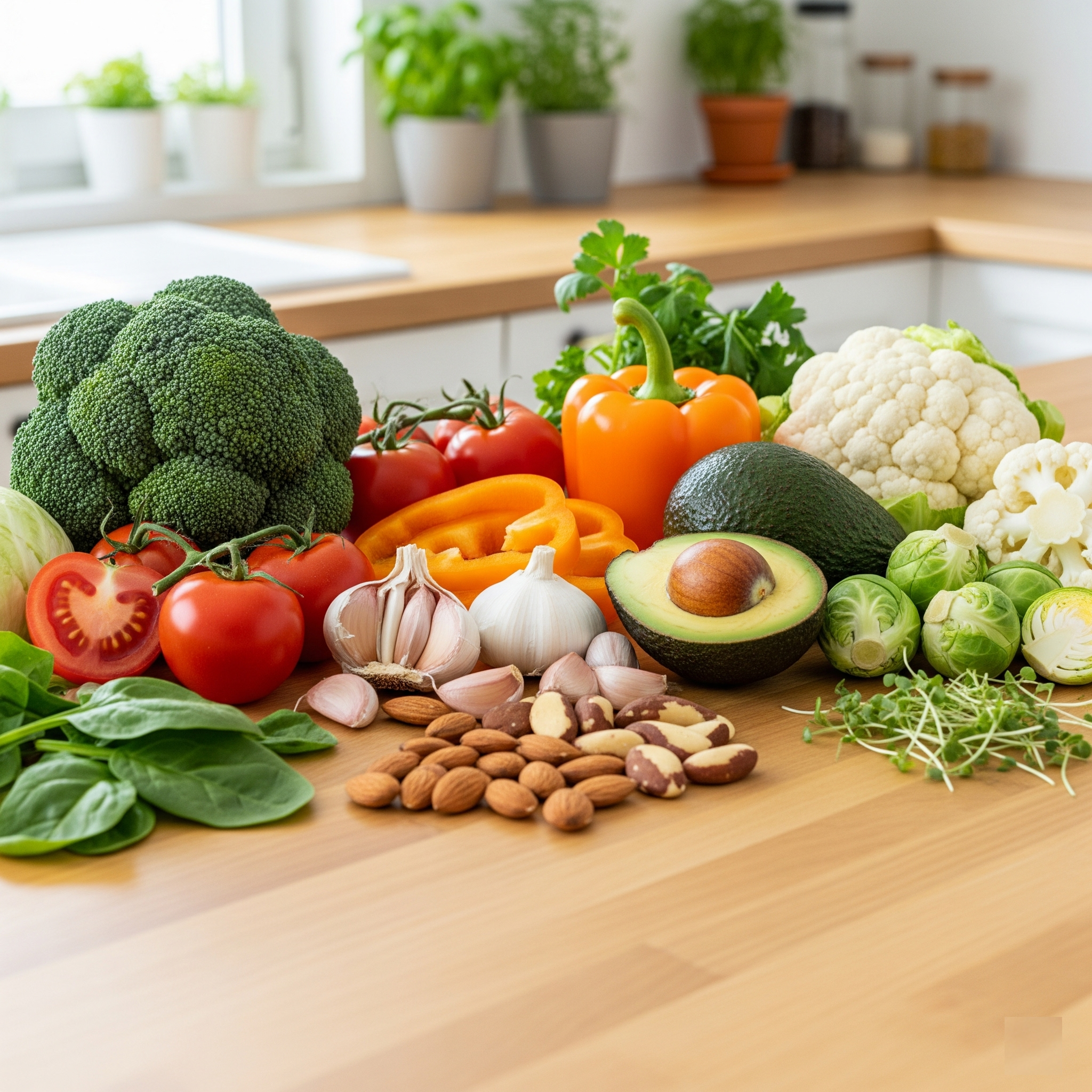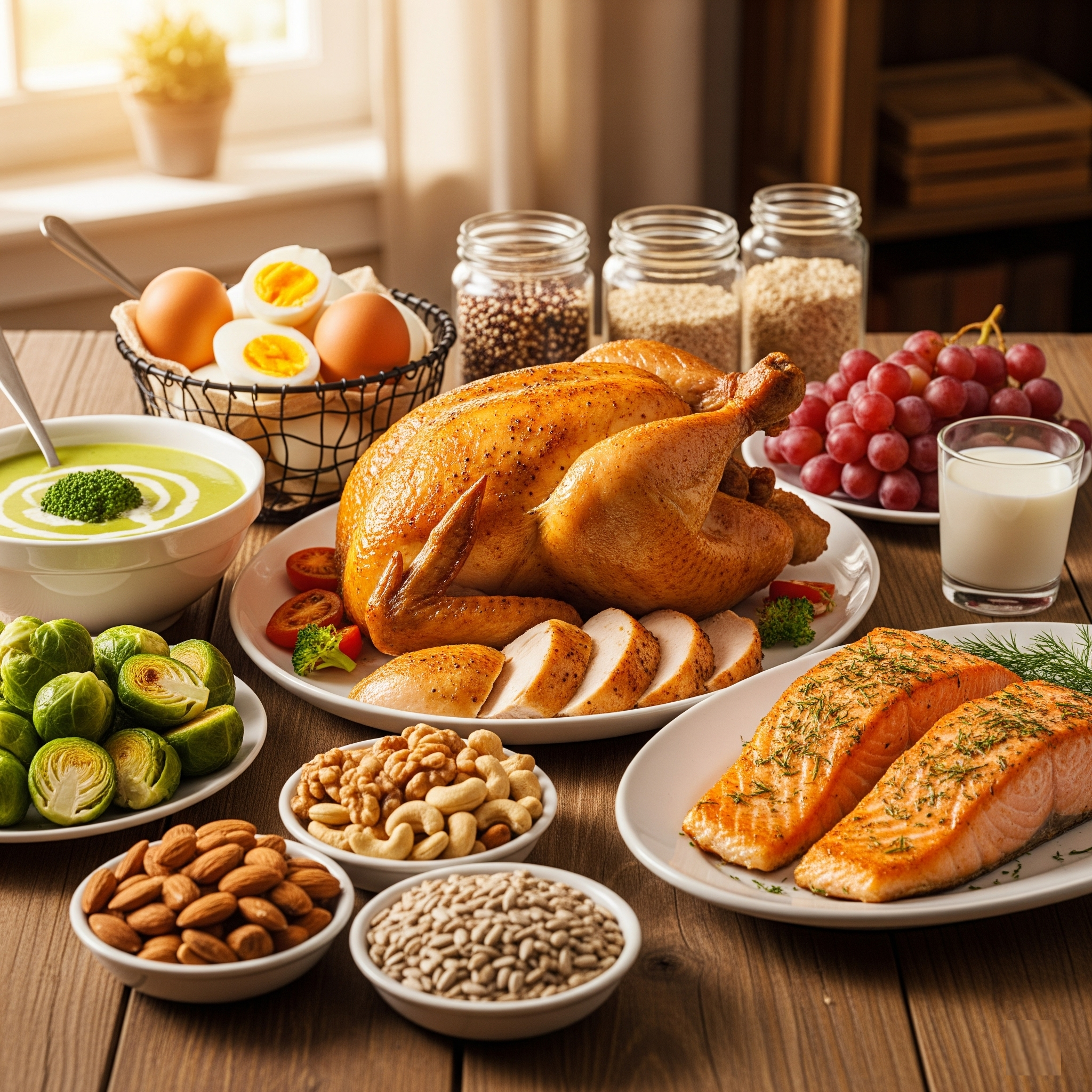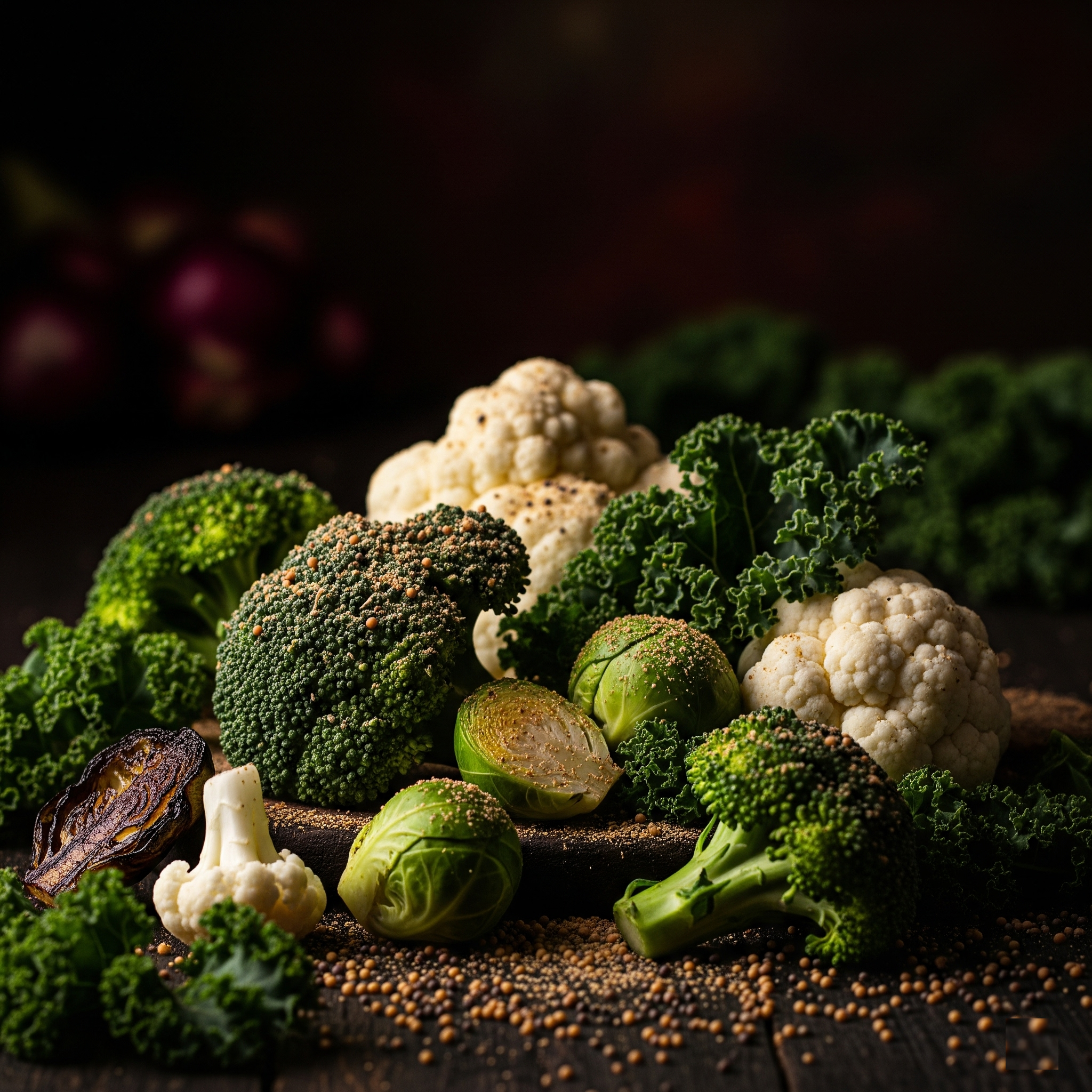The Central Role of Glutamate in Chronic Disease
*Disclosure: as an Amazon Associate, I may earn from qualifying purchases.
At the heart of many chronic health conditions lies a common culprit: chronic, low-grade inflammation. While short-term inflammation, such as when we fall and get a scrape, can be a crucial and protective biological response, its persistent and systemic counterpart acts as a silent aggressor, contributing to a wide range of health issues. A key driver of this inflammatory state is the dys-regulation of a critical compound: glutamate.
Glutamate is the brain's principal excitatory neurotransmitter, essential for memory and cognitive function. However, when it is present in excess, glutamate can become pro-inflammatory, initiating a process known as “excitotoxicity”. This overstimulation of brain receptors triggers a cascade of cellular damage and activates inflammatory pathways - not only within the central nervous system - but throughout the entire body. In fact, glutamate has a high affinity for a number of other human body systems including our heart, our kidneys and most importantly, our liver.
Foods high in glutamate: processed foods, potato chips, some chinese foods, sauces
The Modern Diet and Glutamate Overload
The pervasive use of processed and preserved foods in the modern diet significantly contributes to this glutamate burden. While naturally occurring in many foods, glutamate in its free form, as found in additives like monosodium glutamate (MSG), is rapidly absorbed and can lead to a systemic overload. Additionally, moldy cheeses and protein isolates, common in packaged products, are broken down into free glutamate during digestion, further exacerbating the issue. This constant influx of glutamate challenges the body's homeostatic mechanisms, keeping inflammatory pathways perpetually active.
Foods rich in glutathione precursors: broccoli, garlic, cauliflower, spinach, tomatoes, etc.
Glutathione: The Master Antioxidant and Detoxifier
Fortunately, the body possesses a sophisticated defense mechanism to manage this glutamate excess. It can metabolically convert surplus glutamate into glutathione, widely recognized as the body's "master antioxidant." Glutathione plays a pivotal role in cellular detoxification, neutralizing our free radicals, and modulating inflammatory responses. The synthesis of this crucial molecule requires 3 important additional amino acids:
Sulphur,
Cysteine, and
Glycine.
Sulforaphane: A Cruciferous Veggie Source of Sulphur
A highly effective way to provide the body with the necessary sulphur for glutathione synthesis is through sulforaphane, a potent isothiocyanate found in cruciferous vegetables such as broccoli, brussels sprouts, and cabbage. You can also supplement with MSM to achieve similar benefits. As a registered dietitian in collaboration with an integrated psychiatrist, I tend to recommend 600 mg twice daily, once in the morning and once at night.
Sulforaphane in its food form does not exist in its active form within the vegetables that hold it. It is produced when a precursor compound, glucoraphanin, is acted upon by an enzyme called myrosinase. This reaction is initiated by mechanical damage to the plant, such as chopping or chewing. Ideally, vegetables are chopped at least 40 minutes before they are cooked to ensure full development of the sulphoraphane compound.
A critical challenge arises from the heat-sensitive nature of myrosinase. Traditional cooking methods, like boiling or high-heat roasting, denature this enzyme, significantly reducing the amount of bioavailable sulforaphane produced.
Cruciferous veggies broccoli, red cabbage, cauliflower, and brussel sprouts with mustard seed powder
A Strategic Nutritional Hack: The Mustard Seed Solution
To circumvent this issue, a simple and powerful nutritional strategy can be employed: adding mustard seed powder to cooked cruciferous vegetables. Mustard seeds are an exceptionally rich source of myrosinase. By sprinkling the powder onto your prepared vegetables, you reintroduce the necessary enzyme, allowing the glucoraphanin to be converted into sulforaphane, even after the native myrosinase has been deactivated by heat.
Furthermore, sulforaphane's benefits extend beyond its role in glutathione synthesis. It is a powerful activator of the Nrf2 pathway. Nrf2 is a master regulator of antioxidant and detoxification genes. By activating this pathway, sulforaphane not only provides a building block for glutathione but also signals the body to upregulate its entire intrinsic defense system, creating a more robust and comprehensive protective response.
A Proactive Dietary Approach
Adopting a diet that supports these pathways involves two primary objectives: maximizing sulforaphane intake and minimizing the burden of free glutamate.
To optimize sulforaphane:
Regularly consume cruciferous vegetables, especially broccoli sprouts, which are a concentrated source of glucoraphanin.
Employ the mustard seed powder hack to enhance sulforaphane production in cooked vegetables.
If you don’t have mustard seed you can chop your vegetables and wait 40 minutes before cooking them. Foods like broccoli sprouts and microgreens you can easily eat raw.
To minimize glutamate burden:
Prioritize whole, unprocessed foods like fresh fruits, vegetables, lean proteins, and whole grains.
Scrutinize food labels for hidden sources of free glutamate, such as MSG, protein isolates, and yeast extract.
Limit intake of fast food and processed meats, which are often high in both additives and free glutamate.
Consider taking the supplements that help to convert excess glutamate into glutathione in the body which you can find here
By understanding the intricate interplay between diet, glutamate, and inflammation, we can make informed decisions that empower our body's natural defense systems. This is a strategic approach to health, focusing on the root causes of chronic inflammation to foster long-term well-being.




